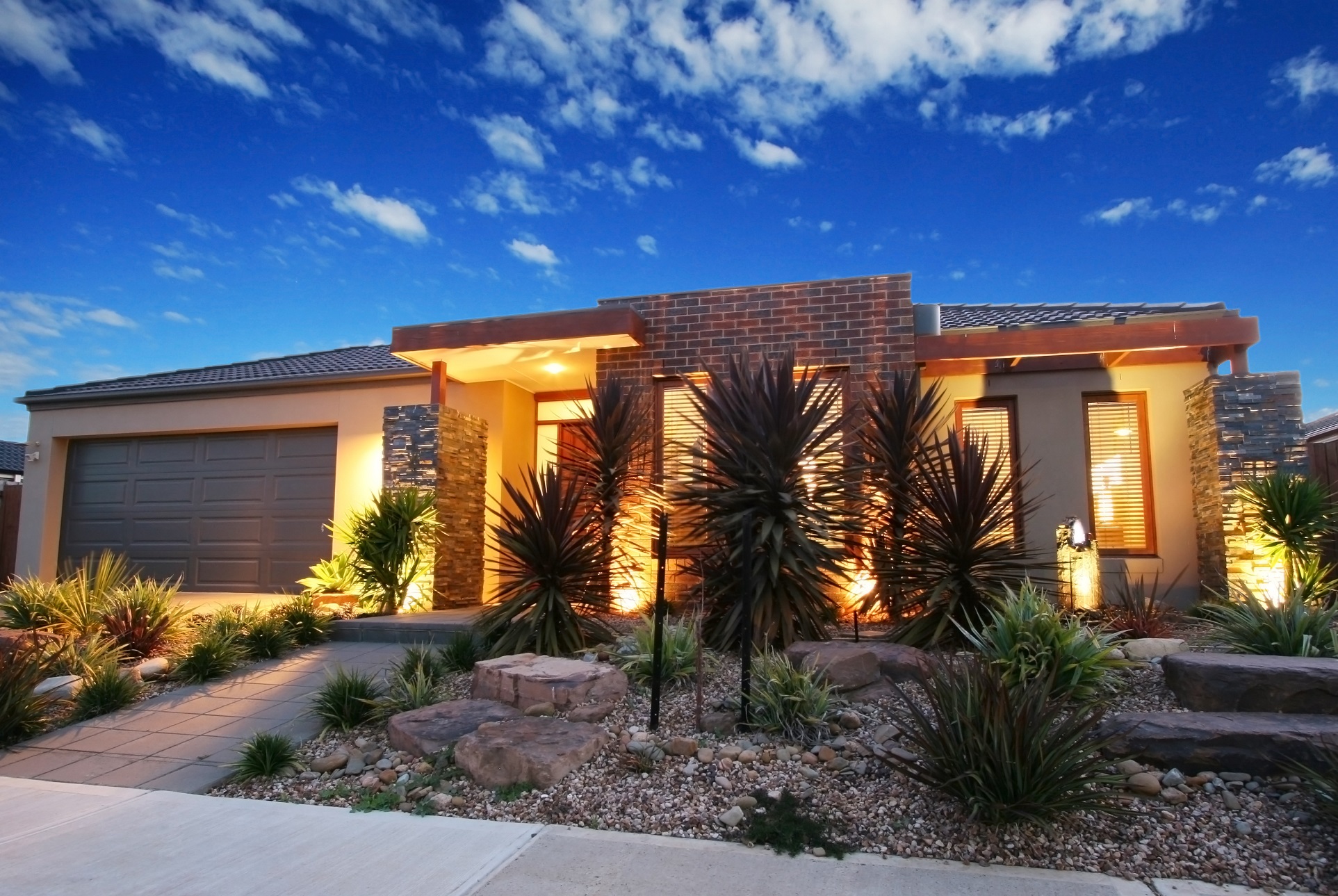The holiday season is a time of celebration and decoration, and many Southern California homes and businesses enjoy brightening up their spaces with festive lighting displays. However, installing holiday lights can come with safety risks if not done properly. To help you celebrate safely, here are some tips for installing and maintaining holiday lighting in Southern California.
1. Use Weather-Resistant Lighting
- Why It Matters: Southern California’s winter weather may be milder than other regions, but there can still be rain and moisture. If your holiday lights are exposed to the elements, it's essential to use weather-resistant lights and extension cords designed for outdoor use.
- Tip: Look for lights that are labeled "weatherproof" or "outdoor-rated." These are designed to withstand rain and moisture, reducing the risk of electrical hazards.
2. Avoid Overloading Circuits
- Why It Matters: Overloading electrical circuits with too many lights or decorations can cause circuits to trip or, worse, lead to electrical fires. Southern California homes and businesses should be cautious when plugging in multiple light strands.
- Tip: Follow the manufacturer’s guidelines on how many strands can be safely connected. Consider using LED holiday lights, which use significantly less power than traditional incandescent lights, allowing you to safely decorate more areas without overloading your circuits.
3. Use Proper Extension Cords
- Why It Matters: Using the wrong type of extension cord or overloading a cord can pose a serious fire hazard. Extension cords should be rated for the type of lighting you’re using and the environment where they’ll be placed.
- Tip: Choose heavy-duty extension cords that are UL-rated for outdoor use. Don’t run cords under carpets, through doorways, or across high-traffic areas where they can become a tripping hazard or sustain damage.
4. Secure Lights Properly
- Why It Matters: Improperly installed holiday lights can pose both safety and aesthetic issues. Loose or dangling lights can fall, creating tripping hazards or damaging the lights themselves.
- Tip: Use appropriate clips or hooks to secure your lights instead of nails, staples, or other materials that can damage the cords. Clips are available for a variety of surfaces, including roofs, windows, and gutters, and they’re easy to install and remove.
5. Inspect Lights Before Installation
- Why It Matters: Holiday lights can wear out over time, with frayed wires, broken bulbs, or damaged cords posing potential fire hazards. Always inspect your lights before putting them up, especially if they’ve been stored for a long time.
- Tip: Look for any signs of wear and tear, such as exposed wires or loose connections. If you find damaged lights, it’s best to replace them rather than risking a fire hazard.
6. Turn Off Lights When Not in Use
- Why It Matters: Leaving holiday lights on all night or when you're not home increases the risk of an electrical fire, especially if the lights are old or damaged. It also wastes energy.
- Tip: Set up a timer for your lights so they automatically turn off at a designated time. This ensures your lights aren’t running all night, helping you save on energy costs and reduce potential fire risks.
Conclusion
Holiday lighting is a wonderful way to spread joy during the festive season, but it’s important to prioritize safety when decorating. By using weather-resistant products, avoiding circuit overloads, and inspecting your lights for damage, you can create a beautiful and safe display for everyone to enjoy. Stay safe and have a bright holiday season in Southern California!

